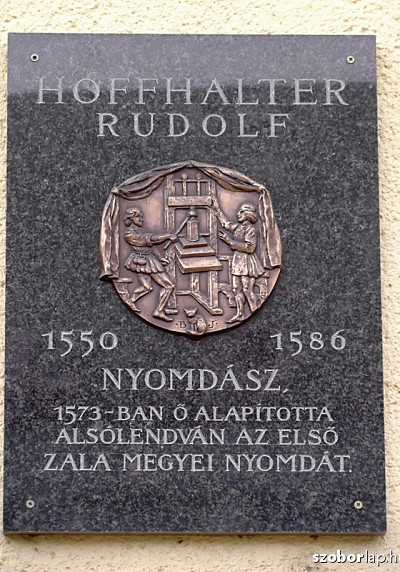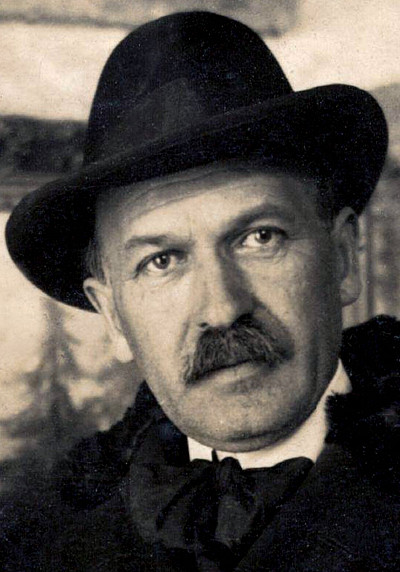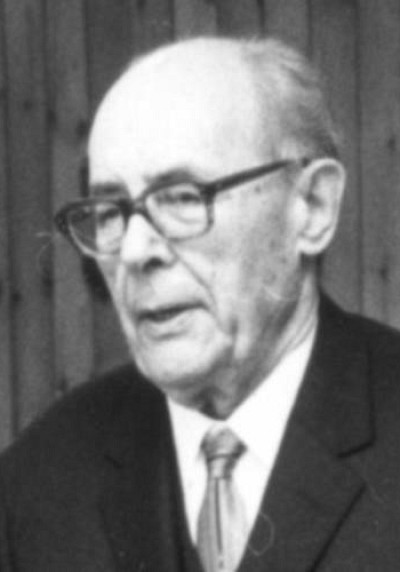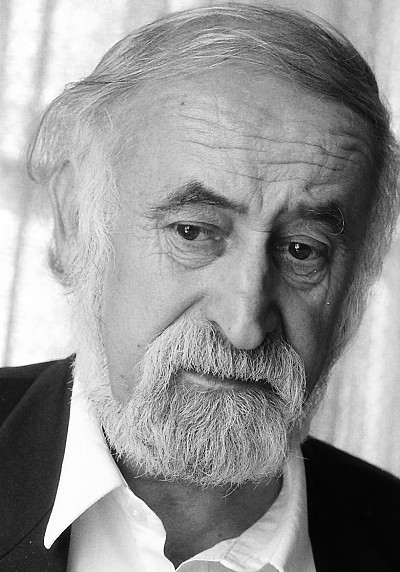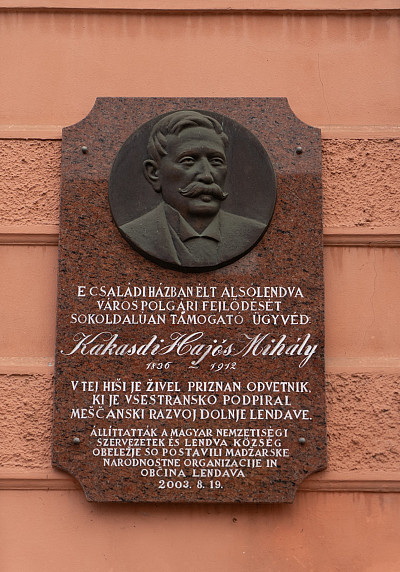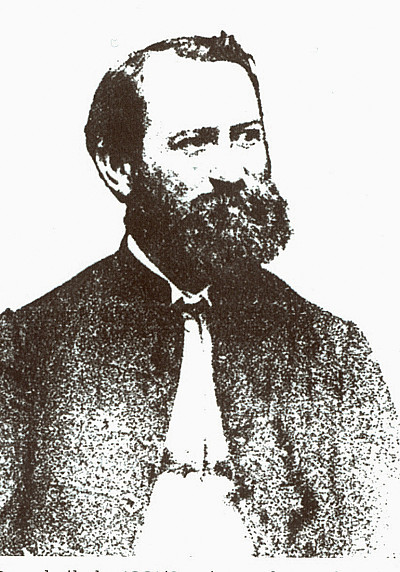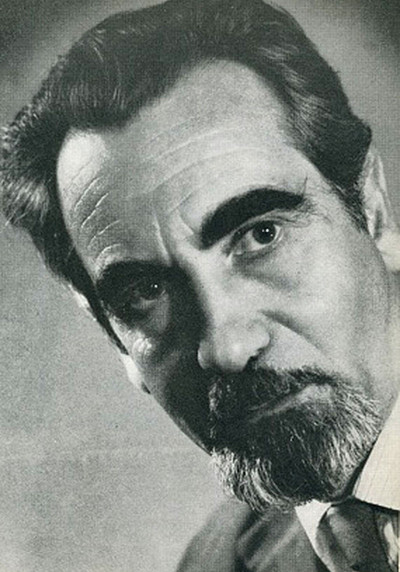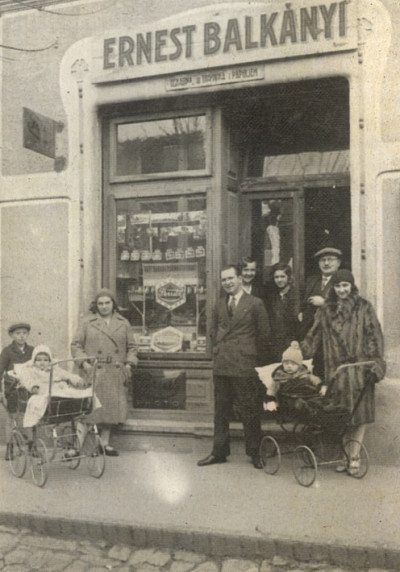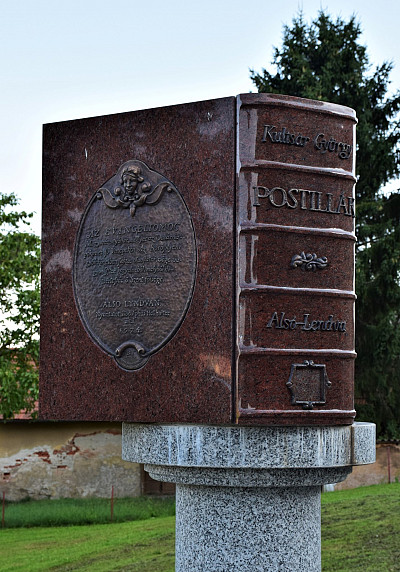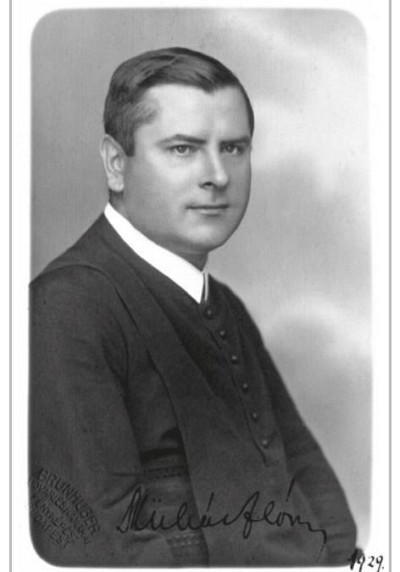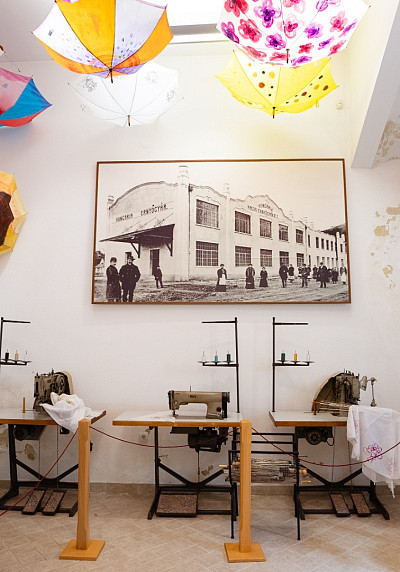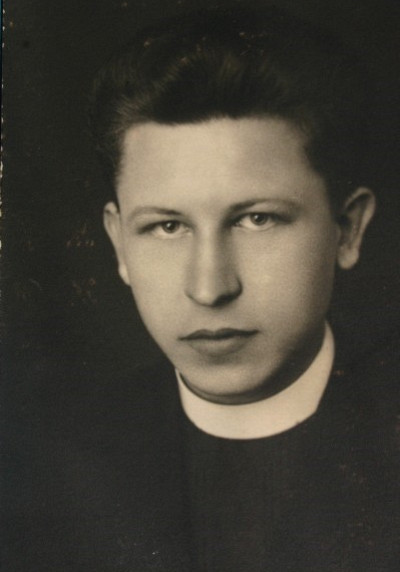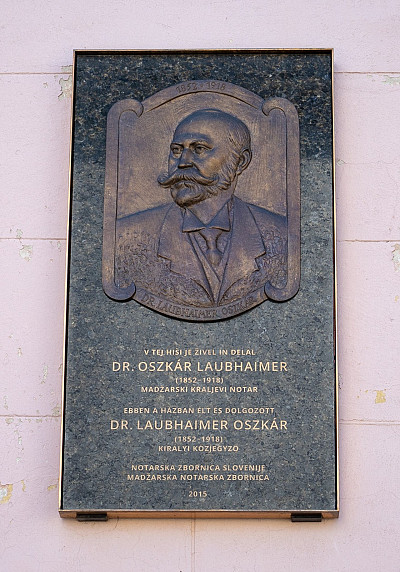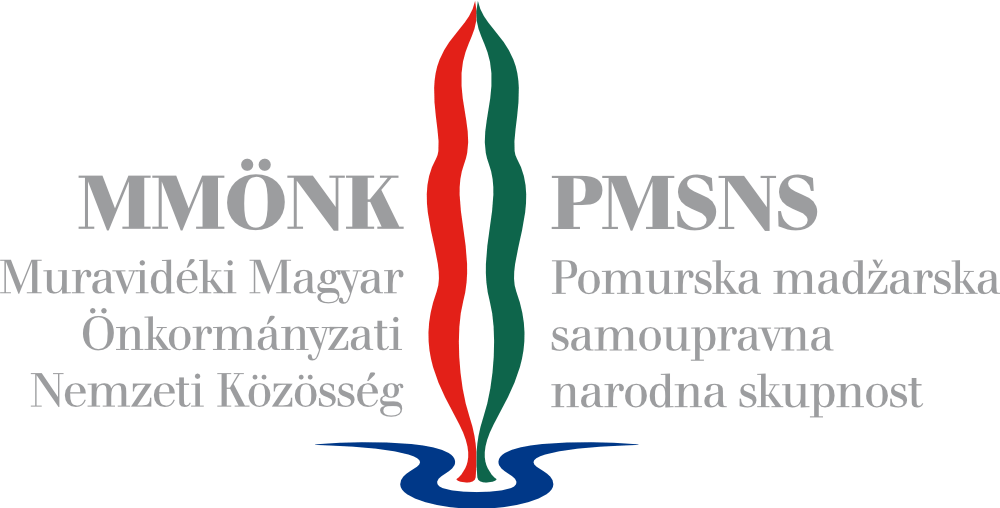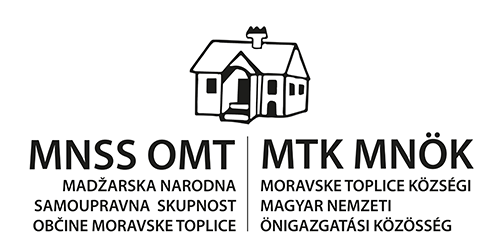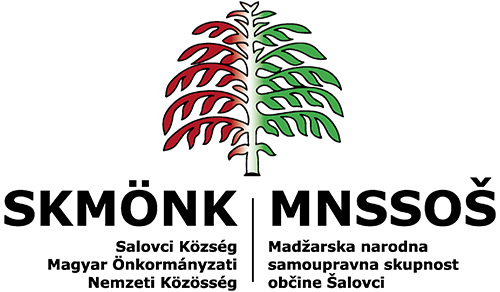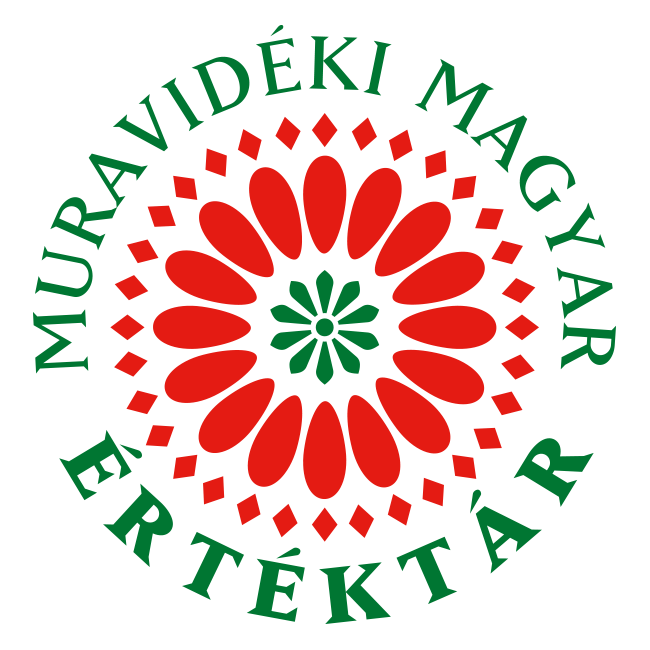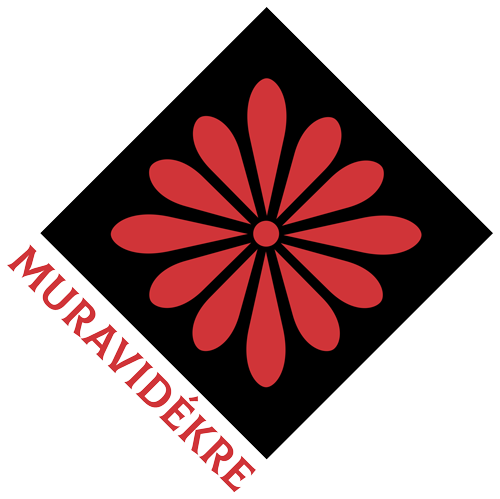György Zala
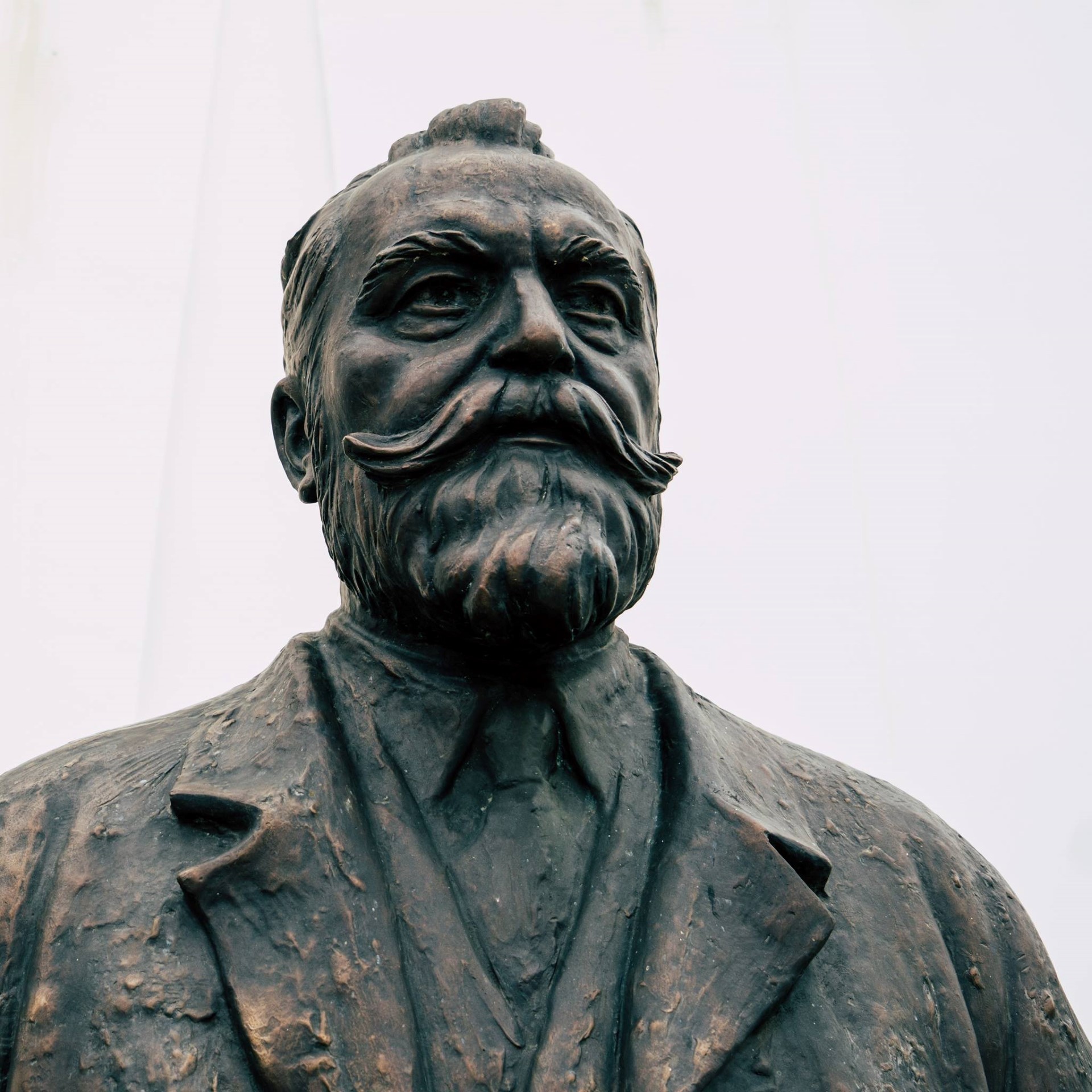
György Mayer Zala was born on April 16th, 1858, in Dolnja Lendava, the town that is known today as Lendava, the easternmost town in Slovenia, only 4 kilometres away from the Slovenian and Hungarian border. The Mayer family was one of those families who moved in the 1840s from Bavaria to Hungary, bringing the bourgeois values and strict work ethic with them.
György lived with his parents and his sister in the building of the post office of Dolnja Lendava. His father was a merchant dealing in china but his business had been going downhill for some time. Later, the family got into a substantial crisis which took its toll on his parents. After losing his mother, György had to take another blow which saddened him immensely. The family moved away from Dolnja Lendava to Városlőd where he completed elementary school. In his teenage years, he spent most of his time drawing. He continued his studies in a Realgymnasium in Budapest where he got the chance to work on improving his talent. After his high school graduation exam, he went to the Hungarian Royal Drawing School and Art Teachers’ College (this was the predecessor of today´s Hungarian University of Fine Arts). After being awarded a state scholarship, he moved to Vienna and became a student of master sculptor Edmund von Hellmer. At that time, everyone who had the chance continued their studies in Munich, therefore, he also moved from Vienna to the Bavarian capital. Nonetheless, his proper artistic evolution started only after he returned to Budapest.
The artist´s work adds splendour to numerous magnificent squares in cities all through the Carpathian basin. His most widely known sculptural work is the Millennium Monument on Heroes´ Square in Budapest which has become as important a symbol of the city as the Sagrada Familia in Barcelona or the Colosseum in Rome. György Zala also sculpted the images of numerous respected public figures like Elisabeth, Queen of Hungary, and Emperor Franz Joseph I., as well as Ferenc Deák and Mór Jókai.
Despite having had a tough life, György Zala’s creative work was very rich. Lendava Castle holds a memorial room where visitors can admire miniature replicas of his sculptures. In the town where he was born, a bust and commemorative plaques mark the memory of the exceptionally talented sculptor György Zala.
Source:
- Szatmári Gizella 2014. Fény és árnyék. Zala György pályája és művészete. Zalaegerszeg: Vitrin Kiadó.

